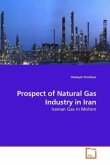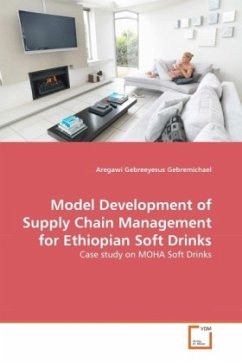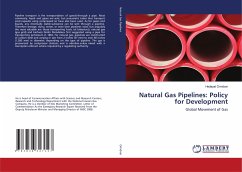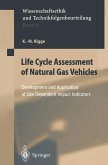Conventional engine modeling tools do not properly include end-gas autoignition and multi-dimensional engine modeling codes coupled with detailed chemical kinetic codes such as KIVA-CHEMKIN combination may not be preferred by engine designers. This work describes a new autoignition model that does not require extensive computational resources (2- dimensional computations from intake valve closing to exhaust valve opening take generally less than 5 minutes with a 333 MHZ personal computer), is easily portable to various computational environments, is easy to use and the accuracy is compatible with the accuracy of other subroutines of the models. It also considers variation of natural gas composition due to propane addition. Computation results show that the knock occurrence crank angle can be predicted within 2 degrees CA when the model is coupled to a Zero-Dimensional engine model, which was also developed for the present work. The results with the model incorporated into a Multi- Dimensional model (KIVA) are also promising. KIVA was able to predict if the engine was going to knock or not and also gave trends in the knock intensity.







